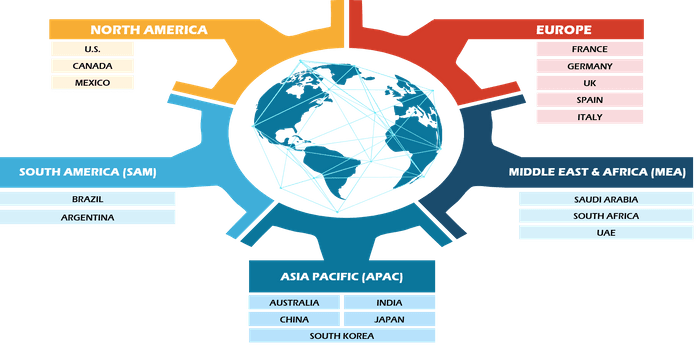Introduction
Object-Oriented Programming (OOP) is a powerful paradigm that allows us to model real-world systems by creating objects and defining their relationships. One of the key concepts in OOP is aggregation, which enables us to unite objects into more complex structures to represent higher-level entities. In this blog, we will explore the concept of aggregation in OOP, its significance, and practical applications. We will also draw parallels between aggregation in OOP and aggregation in Database Management Systems (DBMS), shedding light on common anomalies in DBMS, and how aggregation can help address these issues.
Aggregation in OOP: Bringing Objects Together
Aggregation in OOP refers to the process of creating a new class by combining several existing classes. It allows you to model complex relationships between objects, providing a higher-level perspective of the system being designed. Let’s delve deeper into the fundamental aspects of aggregation in OOP:
- Relationship Between Objects: Aggregation establishes a relationship between objects where one object, known as the “whole” or “container,” is composed of other objects, known as “parts” or “components.” The container object controls the lifecycle of its components.
- “Has-a” Relationship: Aggregation is often described using the “has-a” relationship. For example, a university has faculties, a company has employees, or a library has books. These relationships illustrate how aggregation helps to structure objects based on their real-world associations.
- Multiplicity: Aggregation can specify the multiplicity of the “part” objects within the “whole” object. This indicates how many objects of the “part” class can be associated with a single object of the “whole” class.
Now that we have a solid understanding of aggregation in OOP, let’s explore its practical applications.
Aggregation in OOP: Practical Applications
Aggregation plays a crucial role in the design and implementation of complex software systems. Here are some practical applications of aggregation in OOP:
- Modeling Real-World Entities: Aggregation helps in modeling complex real-world entities that are composed of several interconnected parts. For example, a car can be modeled as an aggregation of components like wheels, engine, and seats.
- Software Reusability: Aggregation promotes code reusability. You can reuse existing classes as components in multiple contexts, simplifying the development process and reducing code duplication.
- System Organization: Aggregation aids in organizing complex systems by breaking them down into smaller, manageable components. This hierarchical structure enhances code maintainability and scalability.
- Complex Data Structures: In data structures like trees, graphs, and linked lists, aggregation is employed to create more sophisticated structures from simpler elements.
Aggregation in DBMS: Addressing Anomalies
Aggregation is not limited to the realm of OOP; it also plays a crucial role in Database Management Systems (DBMS). In DBMS, aggregation refers to the process of collecting and summarizing data from multiple tables to create a higher-level view of the information. However, the use of aggregation in DBMS can sometimes lead to anomalies that need to be addressed. Let’s discuss these anomalies and how aggregation in DBMS is employed to deal with them.
Anomalies in DBMS
In a relational database, anomalies are irregularities or inconsistencies in data that can occur during data manipulation operations such as insertion, deletion, or modification. There are three common types of anomalies:
- Insertion Anomaly: This occurs when it is not possible to add certain data to the database without also adding unrelated data. For example, adding a new student’s information might require creating a new department record, even if the department is already present in the database.
- Deletion Anomaly: A deletion anomaly happens when removing a record results in the unintentional loss of other related data. For instance, if a department record is deleted, all the student records associated with that department may also be lost.
- Update Anomaly: An update anomaly arises when modifying data leads to inconsistencies in the database. If the department’s location is updated, it should be updated consistently across all related student records.
Aggregation in DBMS: Tackling Anomalies
Aggregation in DBMS plays a vital role in addressing anomalies by allowing us to organize and summarize data effectively. Here’s how aggregation can be used to tackle anomalies:
- Data Normalization: Aggregation can be used to normalize the database by breaking down large tables into smaller, related tables. This helps eliminate insertion anomalies as data is added only where needed.
- Data Summarization: Aggregation enables the creation of summary tables that consolidate data from multiple tables. This can help reduce deletion anomalies as data is not lost when a single record is removed.
- Data Consistency: Aggregation can be employed to maintain data consistency by ensuring that updates are performed on aggregated tables. This prevents update anomalies as changes are consistently reflected across the summarized data.
- Query Performance: Aggregated data can significantly improve query performance, as querying a smaller summary table is faster than accessing and joining multiple large tables.
Aggregation in OOP and DBMS: A Unified Perspective
It’s worth noting that aggregation concepts in OOP and DBMS are not isolated but can be complementary. In an enterprise software system, for instance, OOP principles can be used to design and structure the software, while aggregation in DBMS can be applied to handle the storage and retrieval of data efficiently. This approach provides a unified perspective, ensuring that data and software components are aligned and consistent.
Conclusion
Aggregation is a fundamental concept in Object-Oriented Programming that allows us to model complex relationships and create higher-level entities. It’s equally vital in Database Management Systems, where it helps address anomalies and maintain data integrity. Understanding the power of aggregation in both contexts is essential for building robust, efficient software systems and maintaining clean, consistent databases. By unifying the concepts of aggregation in OOP and DBMS, we can design systems that effectively represent real-world entities and store data without anomalies, resulting in more reliable and efficient software solutions.
In this blog, we’ve explored aggregation in OOP, how it’s applied practically, and its role in tackling anomalies in DBMS. We’ve emphasized the importance of these concepts in building well-structured software systems and maintaining data integrity. With a deep understanding of aggregation, you can make more informed decisions when designing software and database solutions for various applications.





